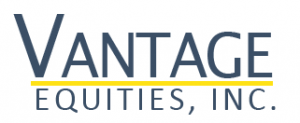Risk Management Policy
The main risks arising from the Group’s financial instruments are liquidity risk, credit risk, and market risk. The Board of Directors reviews and approves the policies for managing each risk and these are summarized below:
Credit Risk
Credit Risk is the risk that the Group will incur a loss because it’s customers or counterparties fails to discharge their contractual obligations. The Group manages and controls credit risk by trading only with recognized, creditworthy third parties. It is the Group’s policy that all customers who wish to trade on credit terms are subject to credit verification procedures. In addition, receivable balances are monitored on an ongoing basis with the result that the Group’s exposure to bad debts is not significant.
There are no significant concentrations of credit risk within the group.
Since the Group trades only with recognized third parties, there is no requirement for collateral.
Liquidity Risk
Liquidity Risk is the risk that the Group will be unable to meet its obligations when they fail due, under normal and stress circumstances. To limit the risk, the Group closely monitors its cash flows and ensures that credit facilities are available to meet its obligation as and when they fail due. The Group also as a committed line of credit that it can access to meet liquidity needs. Any excess cash is invested in short-money market placements. These placements are maintained to meet maturing obligations.
Market Risk
Market Risk is the risk that movements of market prices will adversely affect the Group’s financial condition. In managing its market risk exposure, the Group focuses on managing the price (risk of loss arising from any change in the value of any asset or trading instrument) and foreign exchange risks (risk of loss arising from fluctuations in exchange rates).

